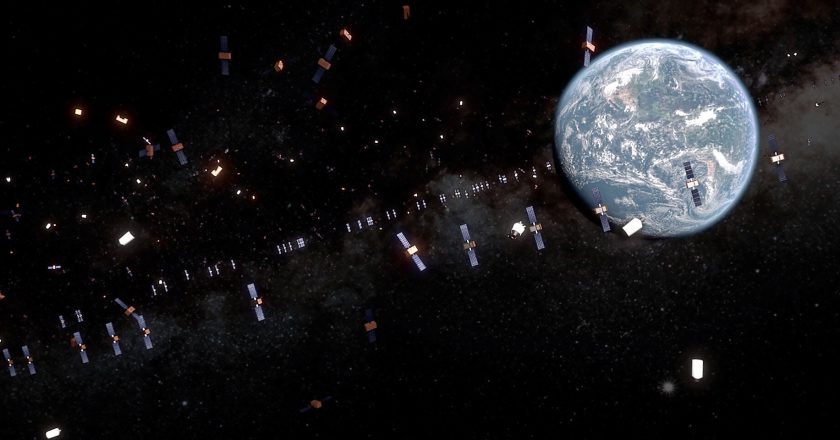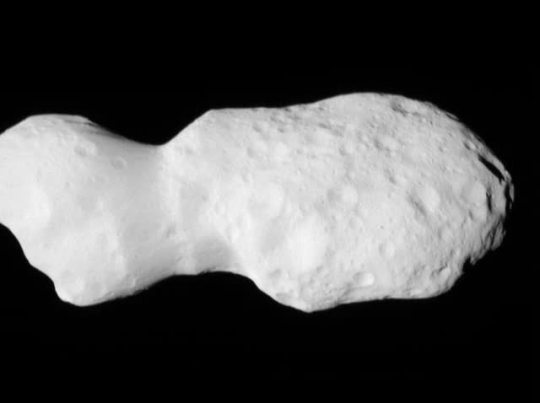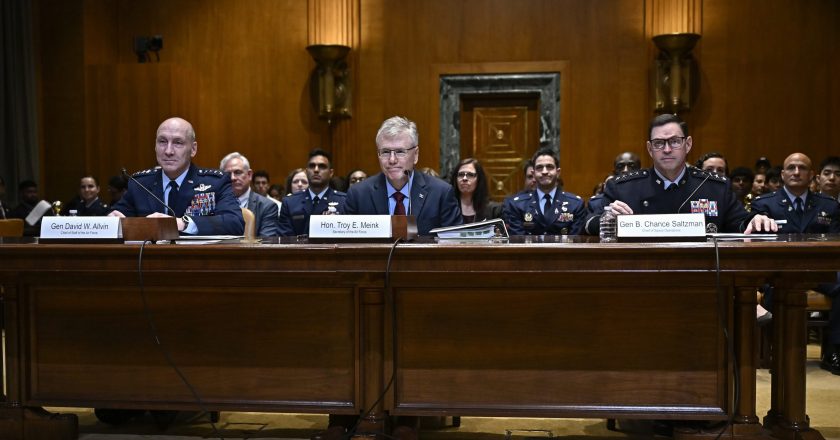Securing the new high ground: tackling export loopholes in space tech
Outer space, the new high ground, is no longer the solitary domain of state powers. The growing participation of the private sector alongside government initiatives signals a dramatic transformation in the space ecosystem. This democratization brings tremendous opportunity but, with it, alarming vulnerabilities. The growing proliferation of sensitive technologies across borders, often without proper oversight, constitutes a significant and growing risk to international stability, fueling conflict, cyberattacks and an alarming potential lack of accountability.
To continue reading this article:
Register now and get3 free articles every month.
You’ll also receive our weekly SpaceNews This Week newsletter every Friday. Opt-out at any time.
Sign in to an existin...




